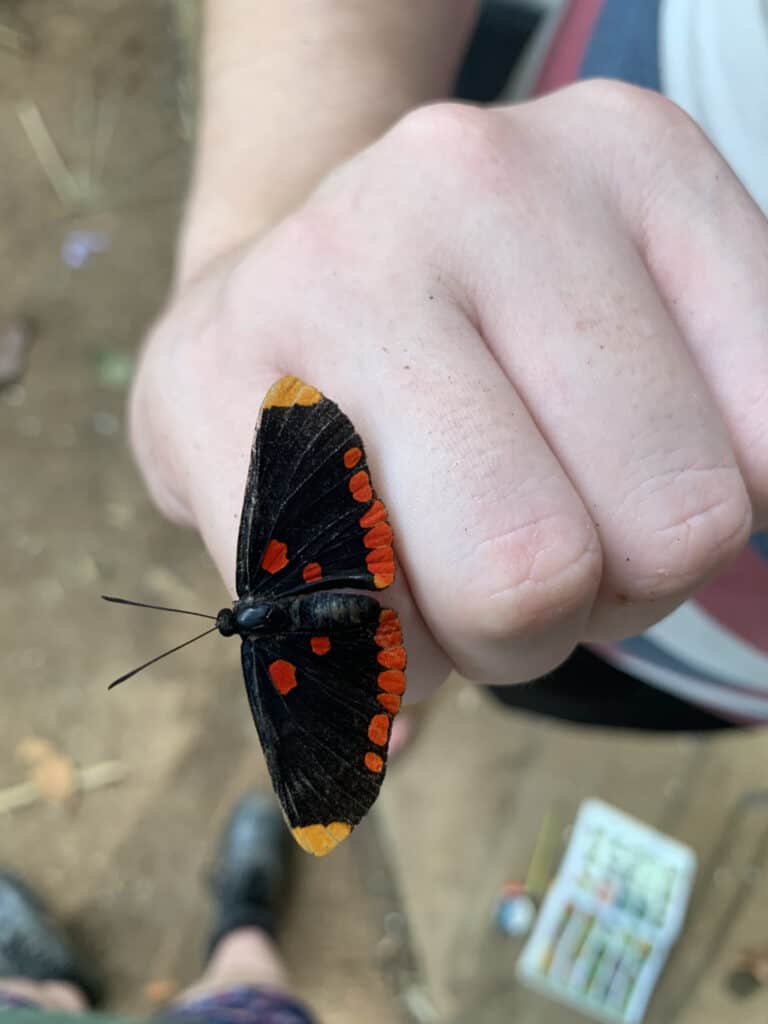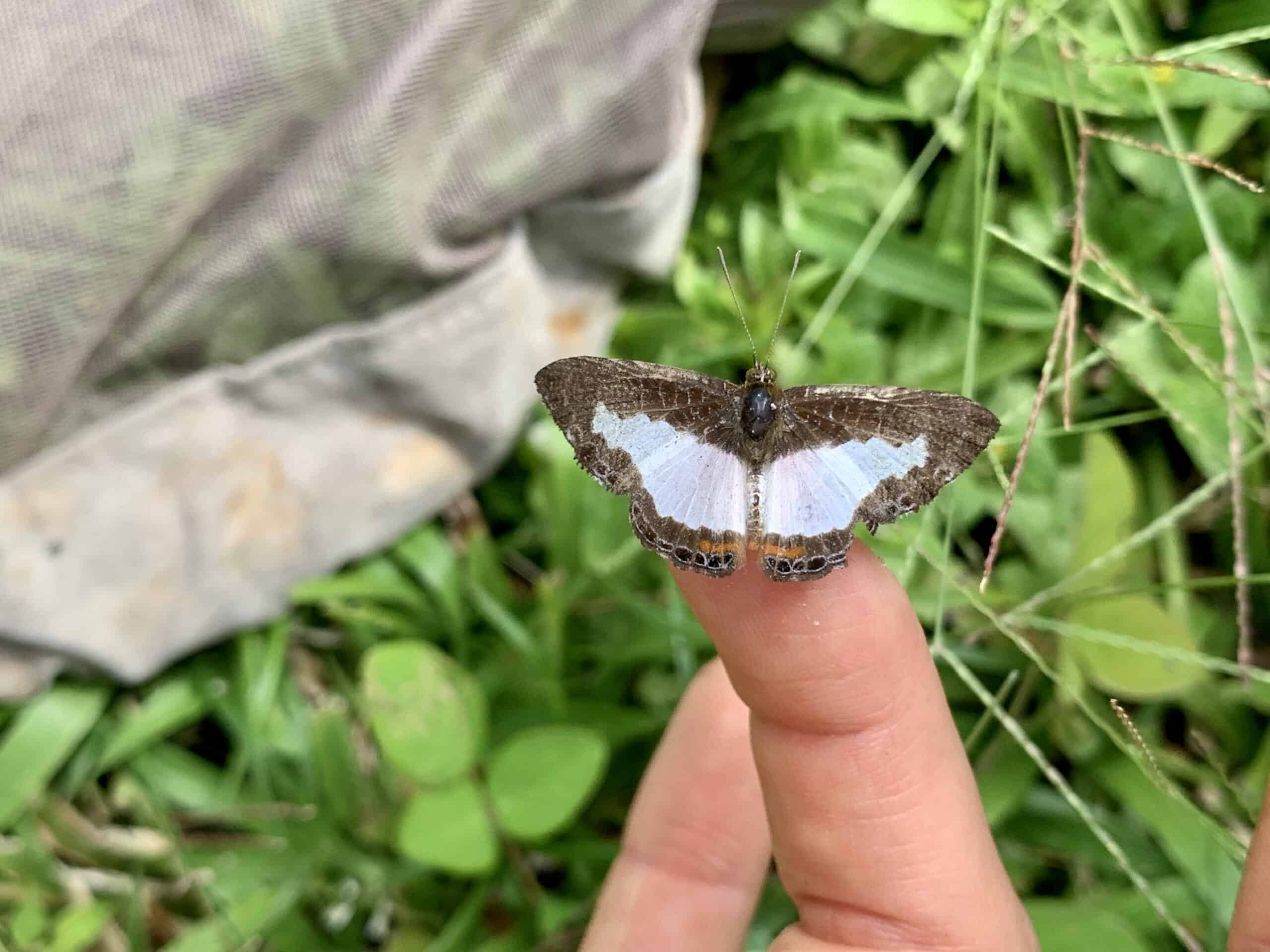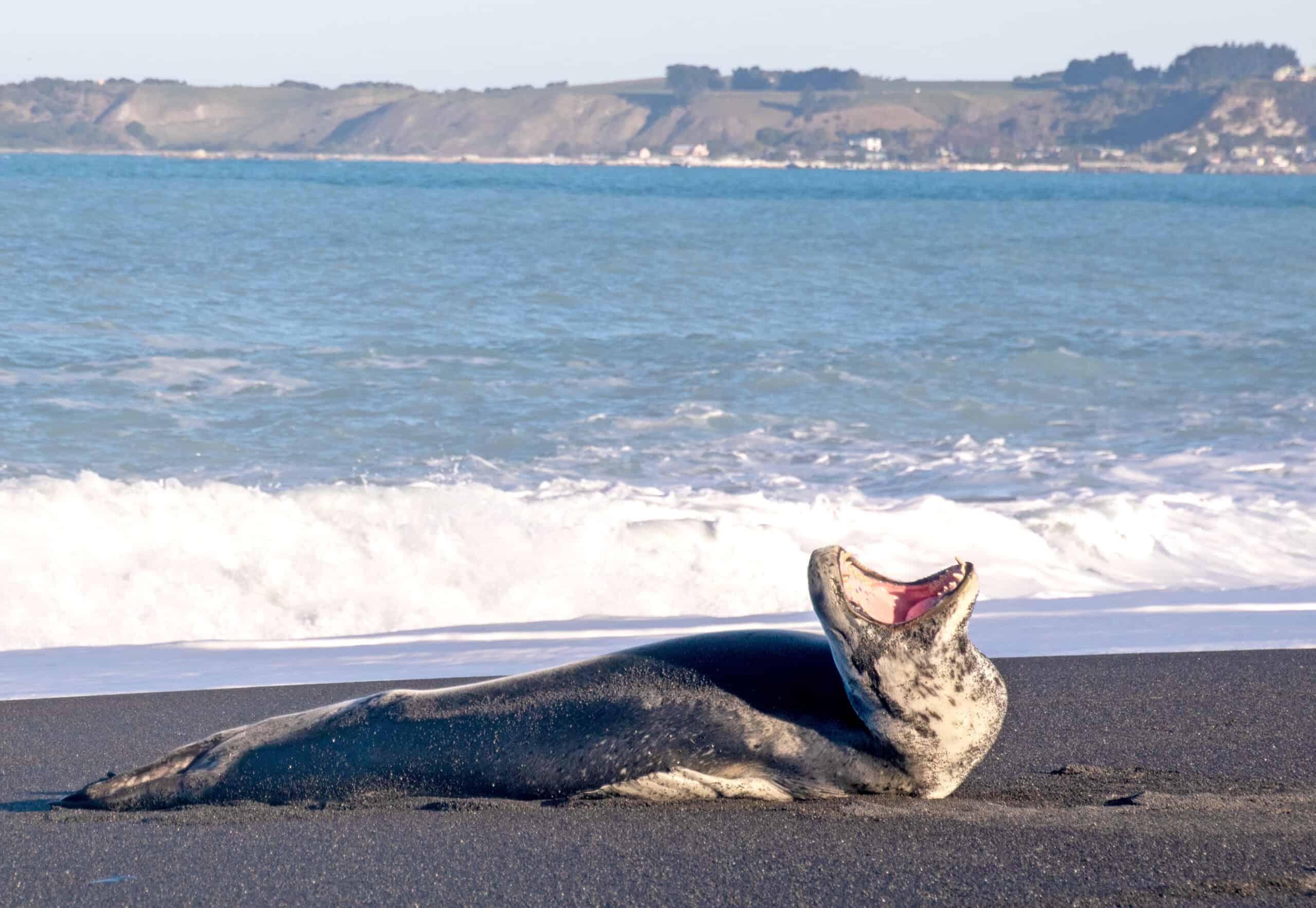Share this article
Pale, small winged butterflies can’t take the heat
When it comes to enduring climate change, some butterflies may perform better
As climate change continues, some butterflies may have better luck than others. Wing size and color may give some a boost but cause problems for others.
For a study published in the Journal of Animal Ecology, researchers looked at traits that may make some butterflies more susceptible to heat. They went to Panama, where some 2,000 butterfly species range widely in size and color.
“For insects affected by climate change, if we can make these predictions, we can manage for species before they’re lost,” said Esme Ashe-Jepson, a PhD candidate at the University of Cambridge.
Ashe-Jepson wanted to learn more about the effects of climate change on insects. Most research focuses on larger animals, but insects make up most of life on earth, and they provide crucial services, including pollinating crops.
But because there are so many insects, Ashe-Jepson figured she’d better focus on one type. “Butterflies are a great group,” she said. “In thinking about why insects are so understudied and underappreciated, this is one group of insects that completely breaks that trend. They have been inspiring artists and poets for millennia.”
Ashe-Jepson and her colleagues went into the research without much knowledge of butterflies in the tropics at all. They weren’t even sure what plants the various caterpillars feed on. As a result, they set out to look at observable traits—wing color and size. They wanted to determine if different species would sit and endure the temperature—thermal tolerance—or escape to shady patches—thermal buffering. Both strategies have costs and benefits, she said.
To conduct the research, the team of biologists, including a local expert, ran through the jungle with giant butterfly nets to catch as many species as they could. “We’d sneak up on them before they noticed so they wouldn’t start flying away in response to us, which would artificially alter their body temperature,” Ashe-Jepson said. Once the researchers got a butterfly in the net, the team noted both its body temperature and the air temperature.
The researchers found that dark butterflies had the best luck—they were better at both thermal buffering and tolerance. Size also mattered. Large butterflies were better at thermal buffering, or escaping to cooler areas, but they weren’t as good at thermal tolerance.

When Ashe-Jepson looked at the butterflies’ taxonomy, she also uncovered some consistent patterns. For example, those in the family Pieridae, which include cabbage white butterflies, seemed to do great at thermoregulating and tolerating temperatures. “But what’s a little worrying about them is most pest butterflies come from that family,” she said.
On the other hand, those in the family Lycaenidae, which usually have small, bright iridescent wings, were the worst at thermal buffering and had low thermal tolerance.
While people can’t change the ability of certain butterflies to thermoregulate, managers can ensure they have shady areas, Ashe-Jepson said. That’s especially true in places where habitat fragmentation is particularly a problem. It could be a pretty cost-effective approach to aiding butterflies through climate change, she said.
“My take-home message from this entire project is, if we can just maintain microclimates, for example by planting or protecting trees that create shade, butterflies and other insects will be better able to cope with climate change” Ashe-Jepson said.
Header Image: A Juditha caucana butterfly in Panama. Paler butterflies had more trouble thermoregulating and escaping to shady spots. Credit: Esme Ashe-Jepson








